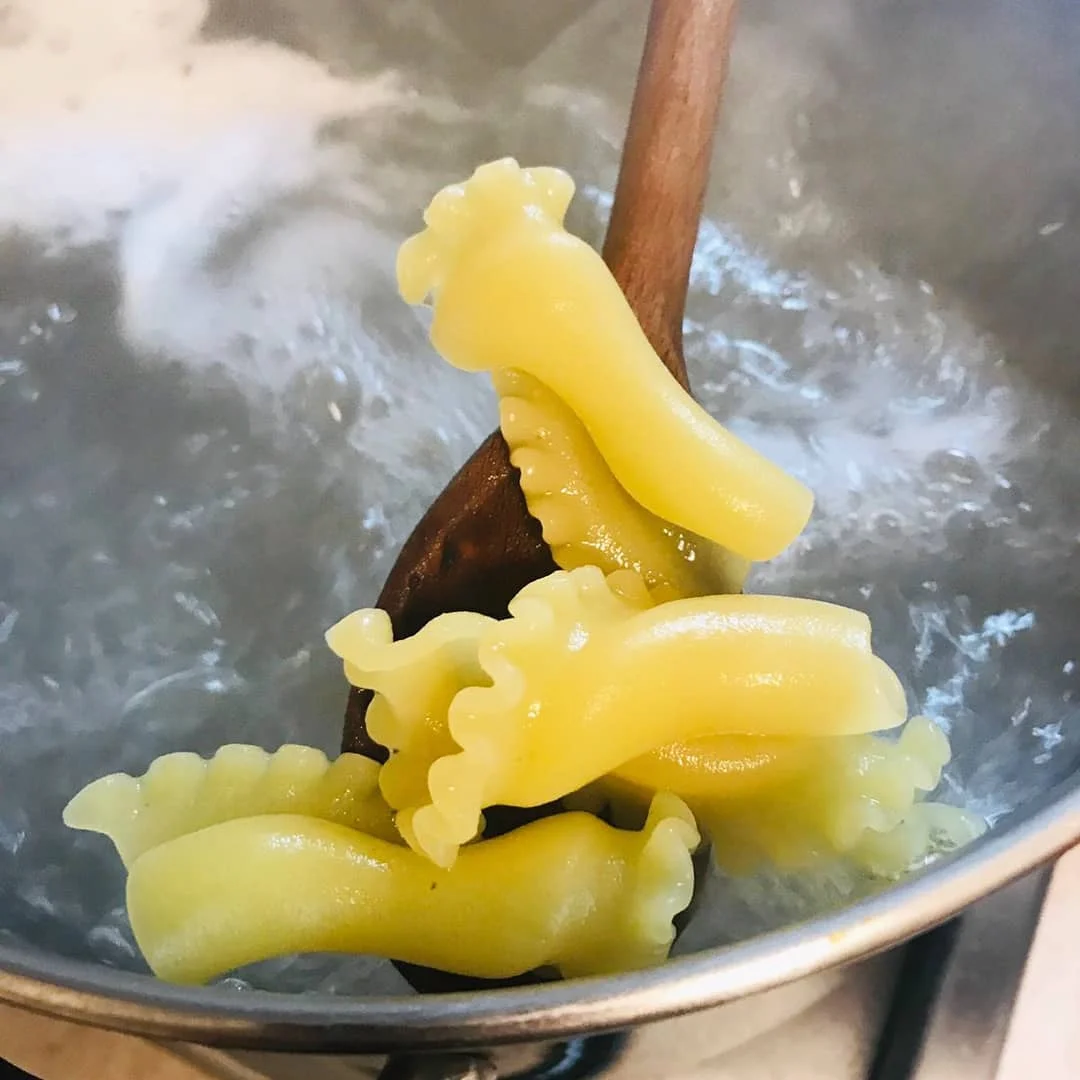The Advent in Naples
Italy is ostensibly Catholic. We check liturgical calendars before leaving the house to determine what saint day it is and whether we need to wish a friend a congratulatory ‘auguri’ on any given day. Everyday is someone’s saint day after all, and some people even get to have more than one. Each day has a saint and each saint has a sweet. And while one can quibble as to how devout your average Italian is, the Advent season is without a doubt a nationally celebrated occasion. But what is the Advent and what does it mean to the everyday Italian?
The Advent is a season lasting four consecutive Sundays. In the Catholic Church it begins on the fourth Sunday before Christmas, or the Sunday that falls closest to November 30th. The Advent ends on Christmas Eve, which in Italy is called the Vigilia. In the South of Italy we celebrate the Vigilia by fasting and by fasting we mean stuffing ourselves with fish. Italian-Americans call this the Feast of the Seven Fish. In Naples, we do not count the fish and don’t call this solemn occasion anything other than fasting. Because if the meal does not include meat, you can bet it’s a FAST. Just don’t tell your Christmas Eve stretchy pants that.
The first Christmas, according the official Vatican record, was celebrated in Rome in 336 AD. Later as Christianity gained additional followers throughout Gaul (France) and the Iberian Peninsula (Spain and Portugal), the Advent season emerged as a solemn period of fasting and reflection among the most devout paleo-Christians. Advent, or avvento in Italian, means coming and in this case refers to the second coming of Jesus Christ. In much the same way Jews await the coming of the Messiah, Christians observe the Advent to anticipate the return of Christ.
Each Sunday of the Advent features a distinct theme and biblical reading. Oh, and the Advent has a liturgical color- PURPLE. How festive! So as Catholic churches get dressed up in their best and most royal shades of violet, they follow
Advent Sunday 1: Coming of the Lord at the End of Time, Psalm 25 Reading
Advent Sunday 2: John the Baptist, Psalm 80 Reading
Advent Sunday 3: John the Baptist, Psalm 85 Reading
Advent Sunday 4: The Birth of Christ, Isaiah 45 Reading
While the themes and readings in the Advent calendar are fairly universal across Catholic and other Christian churches, things take on their own uniquely salubrious air here in Southern Italy. First, as with our Scandinavian neighbors to the North, we light Advent candles each Sunday of the Advent. I remain unconvinced that your average Neapolitan can be trusted around an open flame. Household safety norms are not exactly up to Scandinavian standards here. But hey, every Neapolitan is drawn to fire (and fireworks) like a moth to a flame.
Around the time we have lit the frist Advent candle the struffoli begins to arrive in bakery windows across town. Consisting of bits of fried or baked balls of dough and drenched in honey and sprinkles, struffoli somehow resembles the rustic and less put together twin of the French croque en bouche. Once the struffoli arrives, all bets are off and if you thought you would be solemnly fasting this Advent season, there will be raffioli, roccoco, divino amore, mustaccioli and susamielli sweets to convince you otherwise. One thing you will see less and less of—panettone! Pannettone is a confection of the North and any self-respecting Neapolitan eschews it for politcal reasons. Also pannetone has raisins in it, which everyone knows are disgusting.
As the second week of the Advent rolls around, we enjoy the Feast of the Immaculate Conception. In Naples’ Piazza Gesu Nuovo fire fighters deliver a bouquet of flowers to a statue of the Virgin Mary perched atop an obelisk by using a telescopic ladder. This day also marks the occasion when most Neapolitan families put up their Christmas trees.
Which, by the way, are unabashedly and unapologetically fake. If ever this author once chortled about the inherent superioity of Neapolitan Christmas traditions, then she stands corrected. Because Neapolitan Christmas décor can only be generously described as synthetic and tacky.
But then there is the presepe Christmas nativity. You can view famously ornate ones all over town, but the most funnily striking ones are those you find in family homes, which usually live in junk filled closests or dark guest bedrooms covered with old sheets most of the year. Nativity scenes in Naples are big, baroque diorammas that often involve, wilting foraged moss, family rock collections, water elements, pumps, butchers, bakers and the holy family.
By Immacolata they are out in most houses, precaiously balancing off coffee tables, atop TV stands or under staircases. Jesus is conspiciously absent until midnight on December 24th when the youngest person present at the family gathering places baby Jesus in his manger. For the last three conesctive years I have been that person, which also seems to always happen whenever there is an afikomen in need of retrieval. I also happen to be 35. I need to find more friends and family who are procreating or we are all going to die out and who would put Jesus in his manager? And more importantly who would take possession of our presepe. From my lips to God’s ears.
With week three of the Advent, not only have you blatently disreagrded the solemn custom of reflection and fasting in Naples, you have now eaten your weight in roccoco. And to add a bit more festivity, the zampognari bag pipe players begin to jaunt around town at odd hours. They dress like shepherds from circa 1650 and play music that sort of sounds like the soundtrack of the Sicily scenes in the Godfather. All of this goes on throughout busy urbans streets, in front of metro entrances, whizzing past vespas, screaming at fish mongers and bag pipe players roaming in period costume asking for donations to god knows what organization…. Maybe just to Jesus writ-large. Can I have one of you your hard earned coins? I’ll be donating it to Jesus.
The final week of the Advent finds Neapolitan housewives frazzled and running through fish markets, which stay open past midnight to meet increased demand. The most popular fish market (and best!) is in Pozzuoli, where women have been known to fight over baccala, vongole and cozze. The more intrepid (and more authentic) families prepare capitone- fried eel. Boss ladies buy the eel live and unspeakable things happen in kitchens across Italy so that we all can fast in observance of the final Sunday of the Advent. Merry Christmas and HBD Jesus!







